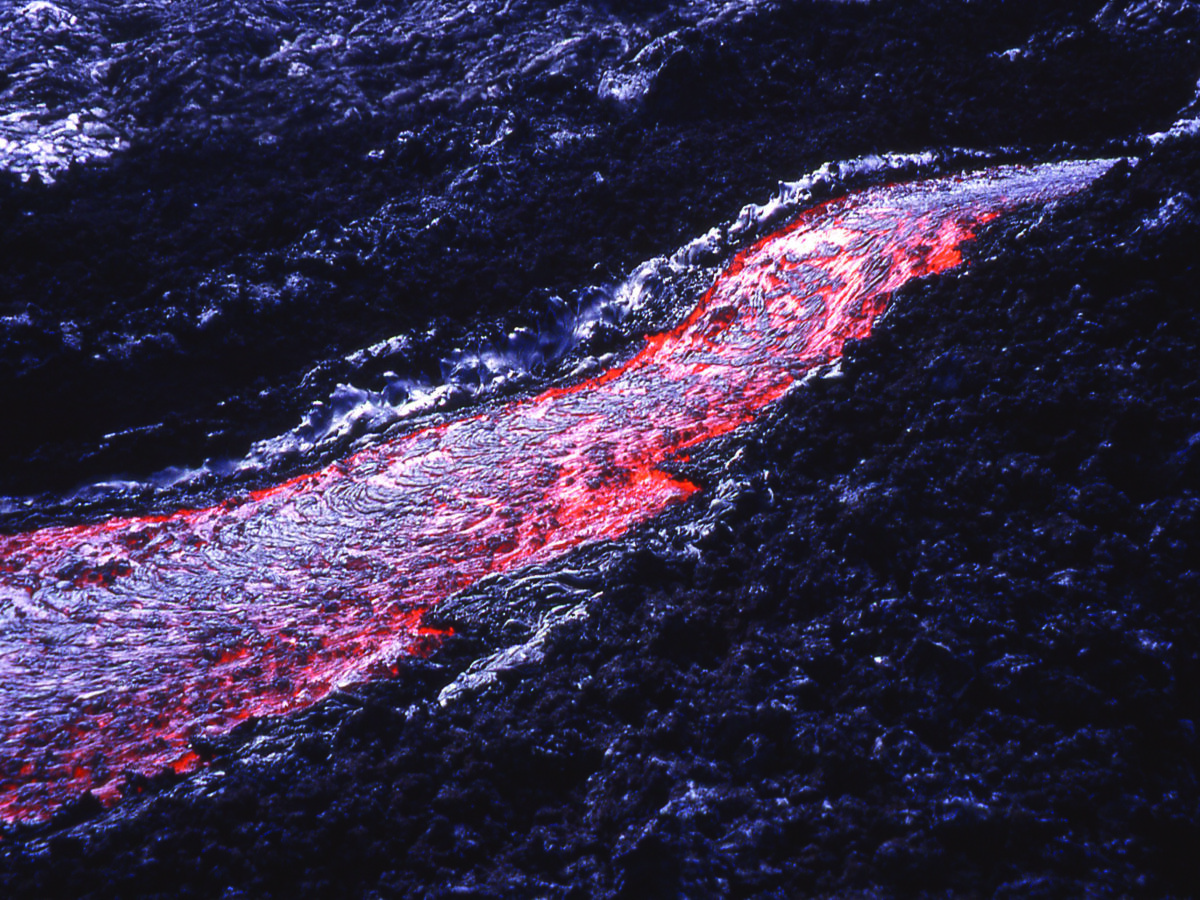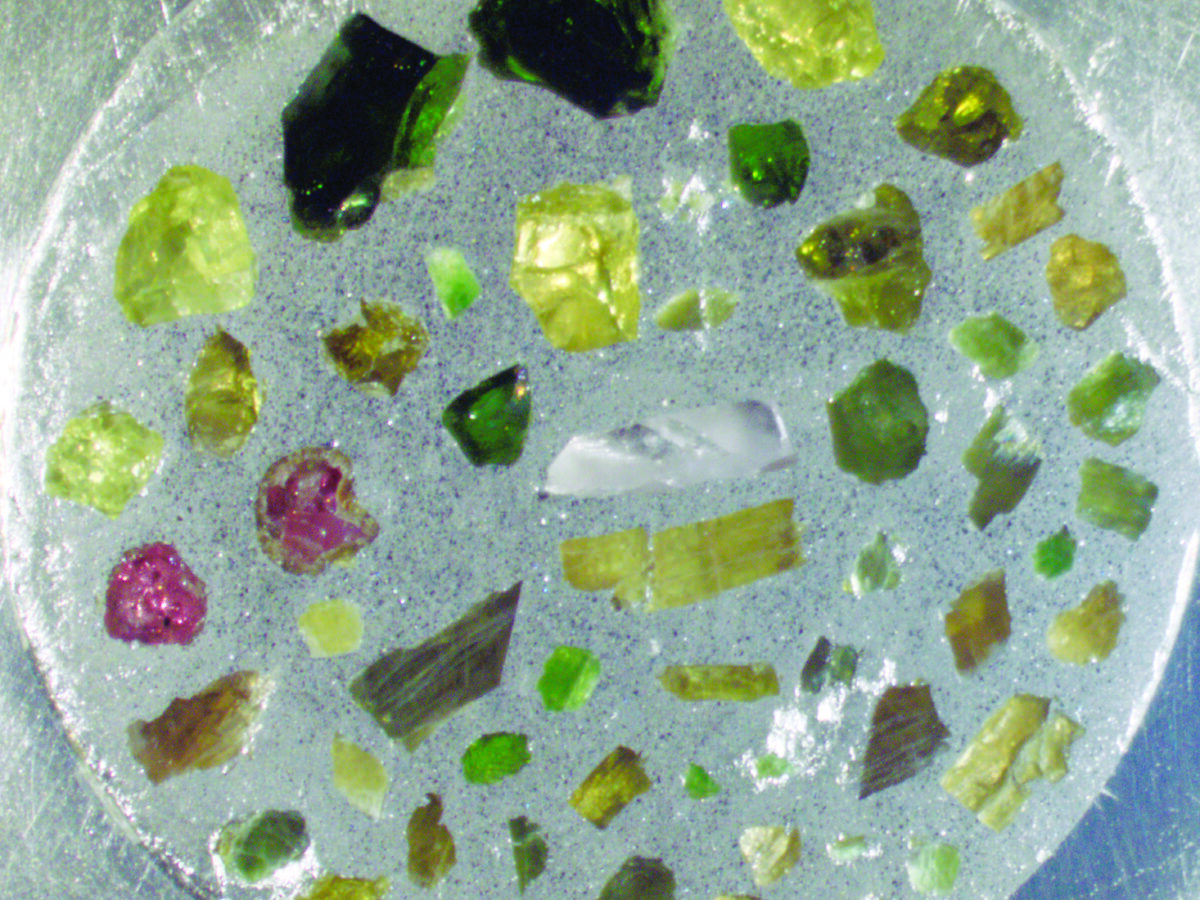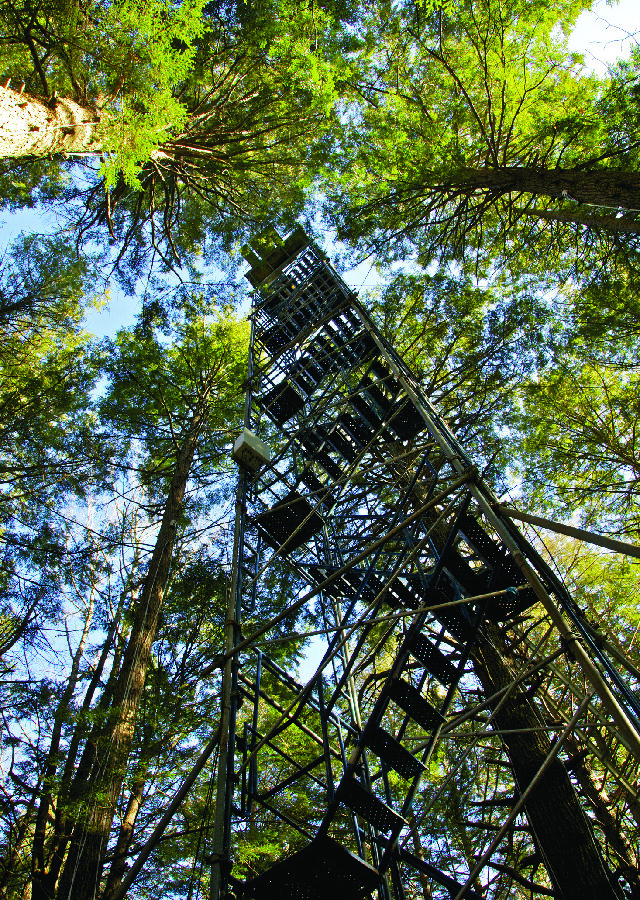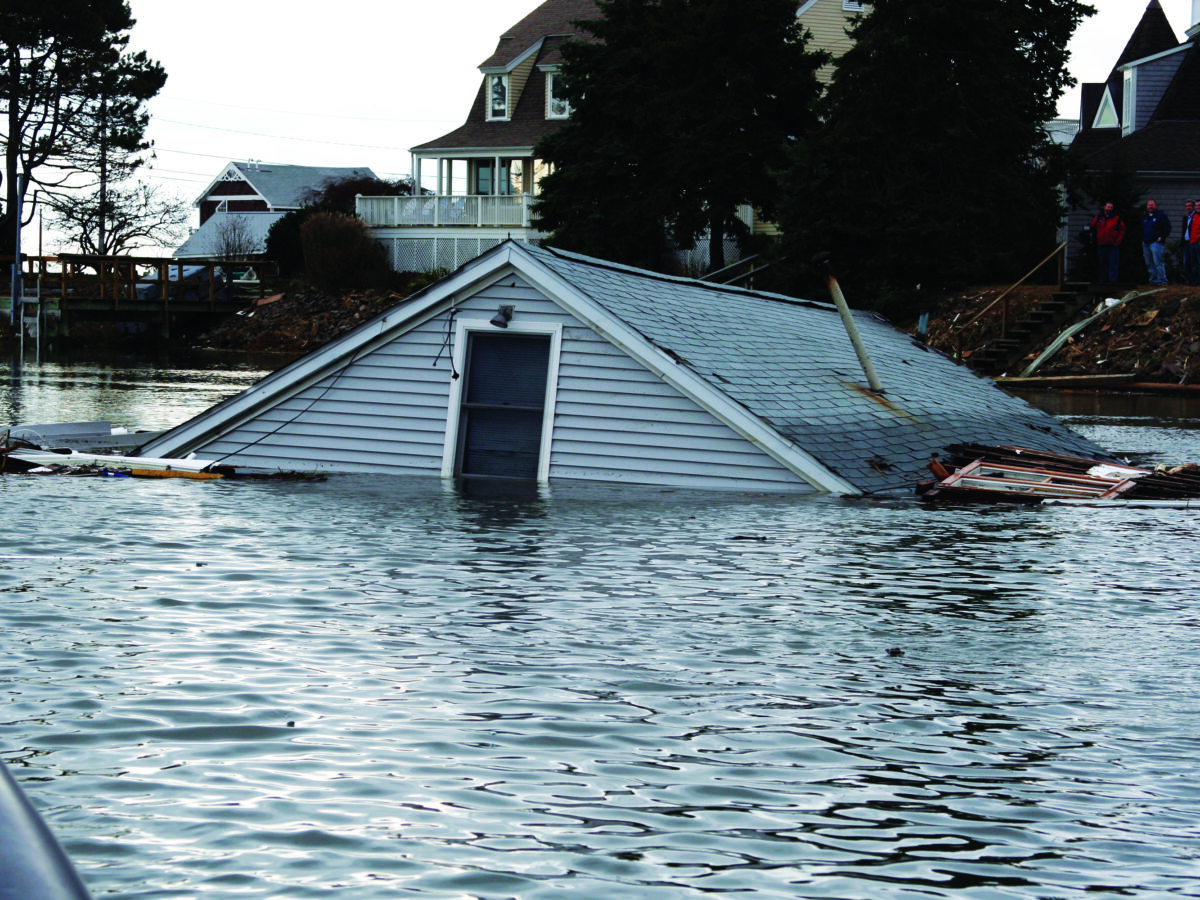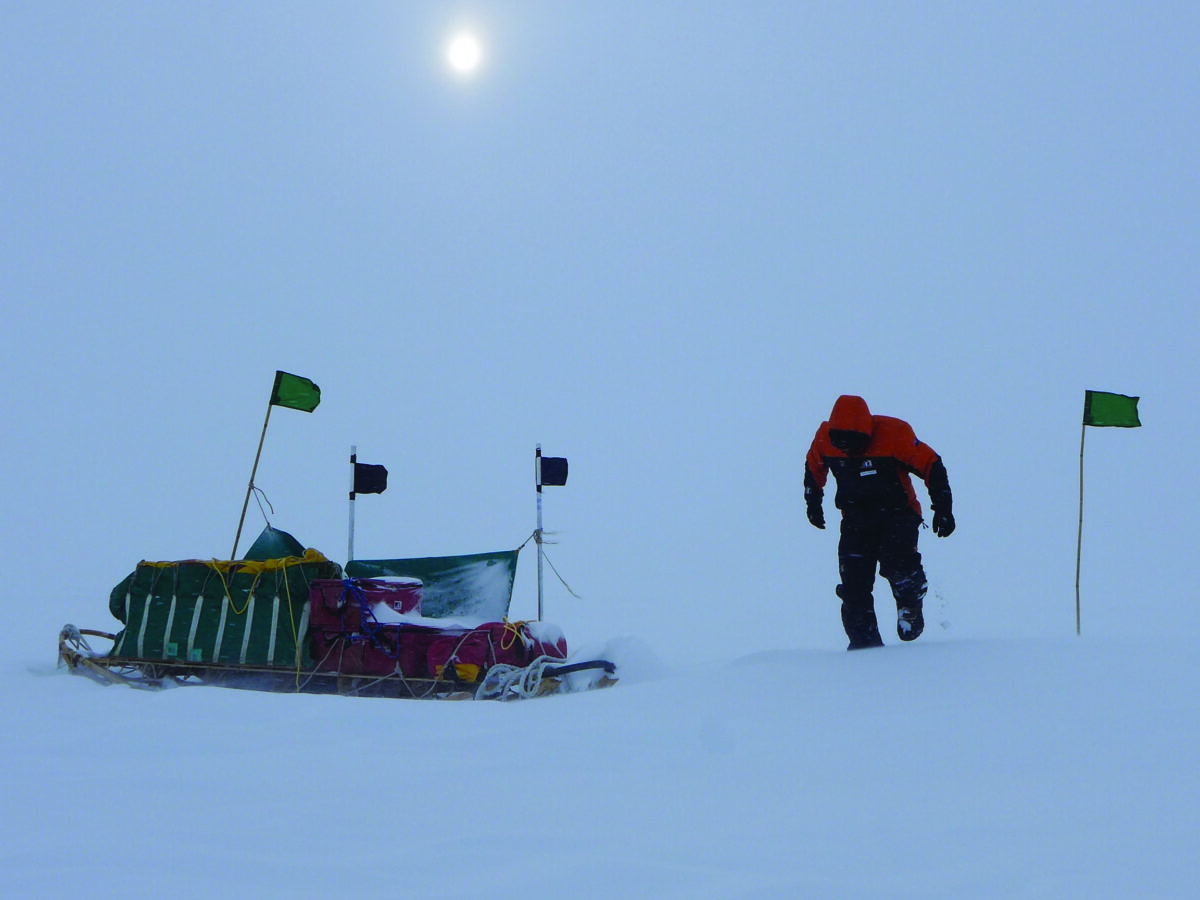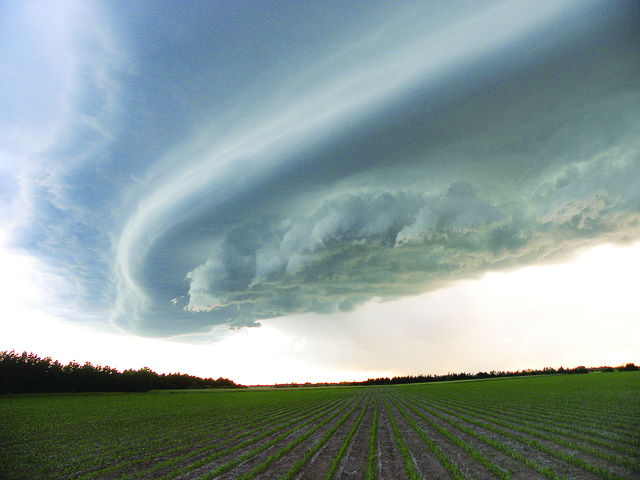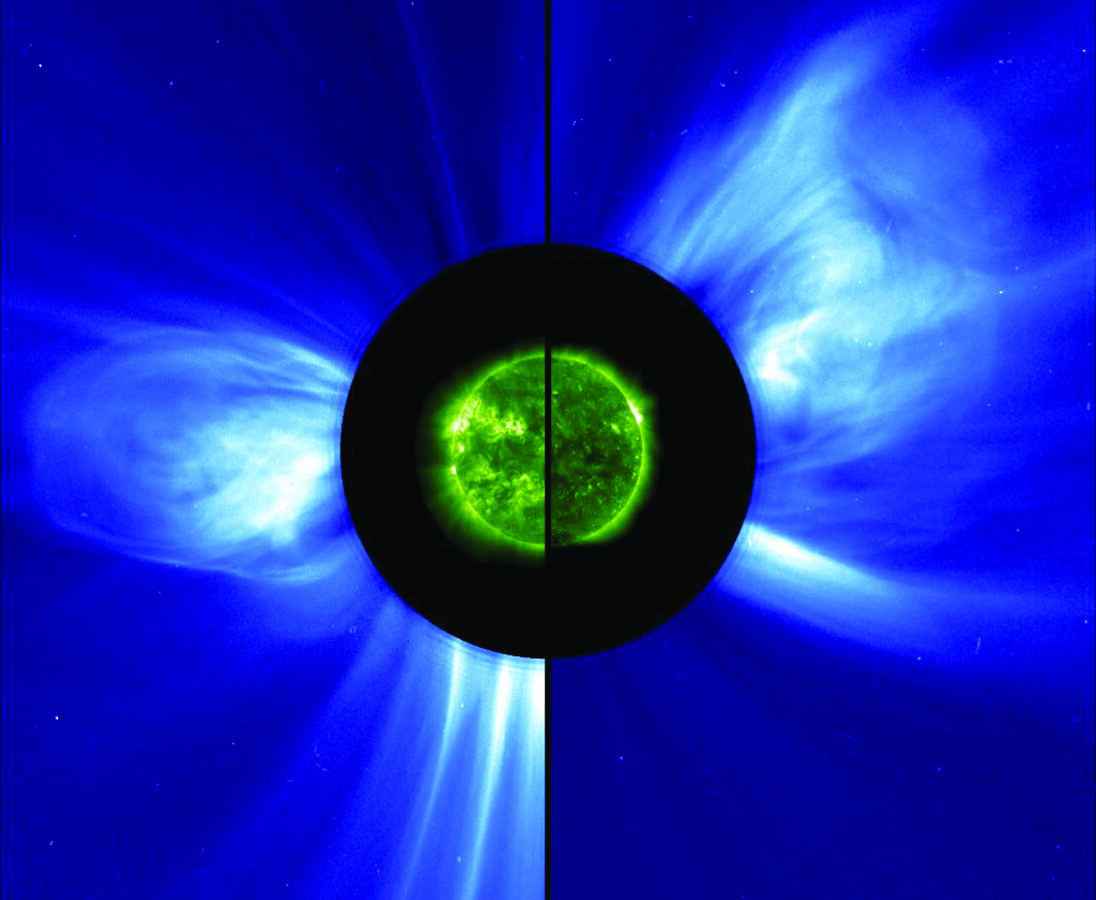Using observations from historical eruptions and a simple mechanical model, researchers studied how changes in slope can affect lava flows.
Research Spotlights
Research spotlights are plain-language summaries of recent articles published in AGU’s suite of 24 journals.
A Model to Predict When a Cholera Outbreak Might Hit the Congo
Researchers determined the environmental conditions most likely to trigger a cholera epidemic in a region in eastern Congo.
Large Volcanic Eruptions Cause Drought in Eastern China
In a study with implications for geoengineering, large Northern Hemispheric volcanic eruptions are found to cause strong droughts in much of eastern China.
Pyroxenes Can Be Used to Estimate Upper Mantle Water Content
Scientists suggest using the mineral pyroxene to study the water content of the Earth’s upper mantle.
A Remote Sensing Technique for Measuring Forest Composition
A new technique to remotely sense a forest’s tree composition using airborne observations.
How Should Flood Risk Assessments Be Done in a Changing Climate?
The common assumption that flood behavior is not changing over time causes water managers to undervalue flood protection benefits. A better method of risk assessment is proposed.
Tracking the Sources and Sinks of Antarctica’s Subglacial Waterways
Researchers examined the water flowing into and out of several Antarctic ice streams to determine the cause of a recent observed slowdown of some of these ice streams.
Proposed Satellite Would Improve Study of Cloud Physics
Researchers propose a new satellite that would help scientists study how cloud physics is affected by aerosols.
Low Heliosphere Pressure Drives Wide CMEs in Weak Solar Cycles
Why are coronal mass ejections from the current solar cycle wider than others? Researchers investigate.
Polar Jet Stream Could Reveal Saturn's Rotational Period
Scientists determine the length of a day on Saturn with help from a mysterious atmospheric structure.

